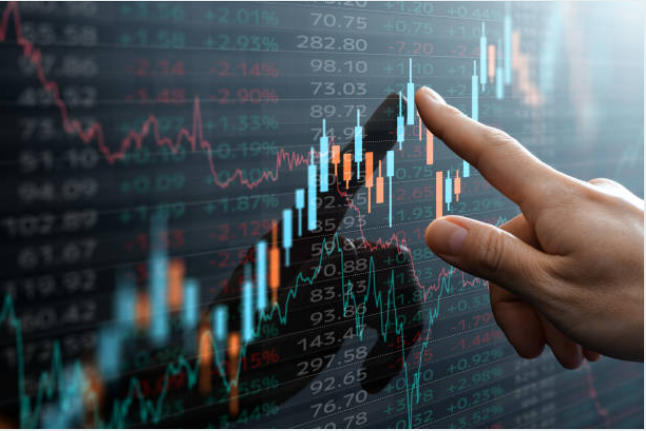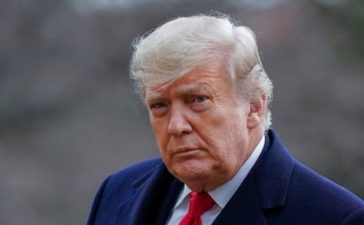Stock futures for both the US and Europe saw gains as investors reacted to signs that the next round of US tariffs, due on April 2, may be more narrowly focused than previously anticipated.
Futures for major indices, including the S&P 500 and Euro Stoxx 50, climbed, reflecting a more positive outlook, while Chinese equities also posted gains. However, broader Asian stock markets experienced slight declines.
In addition to rising stock futures, the 10-year US Treasury yield advanced, and the US dollar remained relatively unchanged.
Meanwhile, the yen dropped slightly as investors digested the implications of the potential changes in US trade policy.
Sentiment was bolstered by reports that President Trump’s administration is considering a more targeted approach to tariffs, as opposed to the sweeping, global tariffs that were previously discussed.
Market optimism surged after reports suggested that the upcoming tariffs would be less extensive and more focused on specific sectors or countries.
Sources familiar with the situation indicated that the tariffs could be tailored to address particular trade concerns without triggering a broader global economic conflict.
This shift in approach was welcomed by traders, who had been concerned about the potential for far-reaching trade disruptions.
Khoon Goh, head of Asia research at ANZ Group Holdings Ltd., commented on the situation: “The news of more targeted tariffs has been taken positively during early Asian trading hours, but there is still a lot of nervousness heading into next week’s actual announcement.
” Goh noted that despite the positive outlook, markets are still on edge as the potential for unexpected developments remains high.
Despite the optimism surrounding the possible shift in US tariff strategy, global trade officials, including those in China and Australia, have continued to express concerns about the broader economic impact of US trade policies.
Warnings about the potential for widespread economic shocks have kept traders cautious. The uncertainty surrounding President Trump’s next steps in the trade war with China continues to weigh on market sentiment.
“There could always be some unexpected development, or President Trump could mention something this week that suggests a harder line.
So it’s hard for markets to adequately price in the risk at this stage,” Goh added, highlighting the fragile state of market confidence ahead of the April 2 tariff announcement.
As the date for the tariff announcement approaches, investors will be closely watching for any additional signals from the Trump administration.
The possibility of more targeted tariffs has provided some relief to markets, but the overall uncertainty surrounding global trade relations remains a key risk factor.
With global economic stability at stake, traders are bracing for any unexpected shifts in policy that could significantly impact the outlook for markets.






